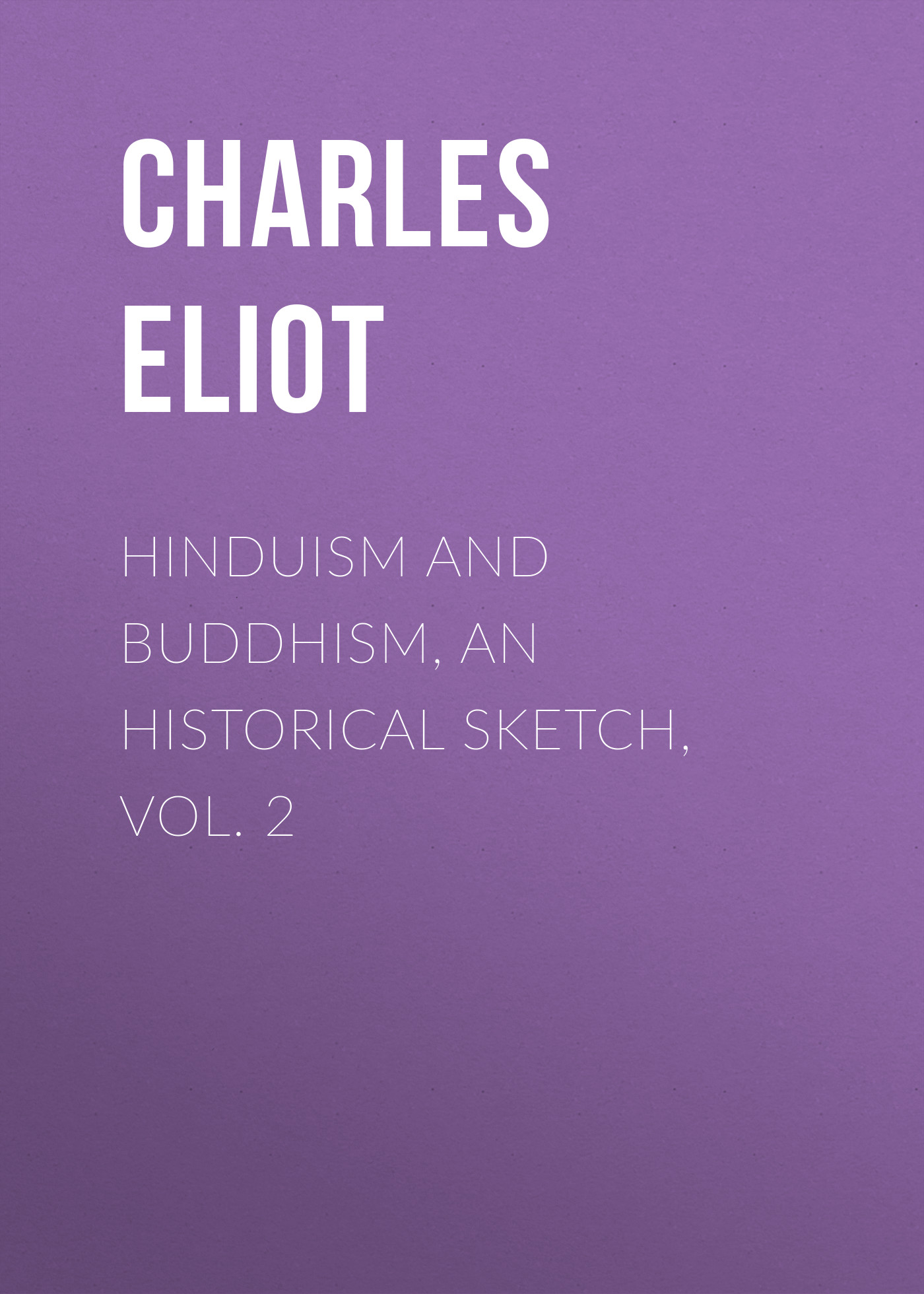and three dramas are ascribed to him but were probably composed by some of the literary men whom he patronized. For all that, the religious ideas which they contain must have had his approval. The Ratnâvalî and Priyadarśikâ are secular pieces and so far as they have any religious atmosphere it is Brahmanic, but the Nàgânanda is a Buddhist religious drama which opens with an invocation of the Buddha and has a Jâtaka story for its plot.246 Bâṇa was himself a devout Brahman but his historical romance Harshacarita and his novel called Kâdambarî both describe a mixture of religions founded on observation of contemporary life. In an interesting passage247 he recounts the king's visit to a Buddhist ascetic. The influence of the holy man causes the more intelligent animals in his neighbourhood, such as parrots, to devote themselves to Buddhist lore, but he is surrounded by devotees of the most diverse sects, Jains, Bhâgavatas, Pâncarâtras, Lokâyatikas with followers of Kapila, Kaṇâda and many other teachers. Mayûra, another literary protégé of Harsha's, was like Bâna a Brahman, and Subandhu, who flourished a little before them, ignores Buddhism in his romance called Vâsavadattâ. But Bhartrihari, the still popular gnomic poet, was a Buddhist. It is true that he oscillated between the court and the cloister no less than seven times, but this vacillation seems to have been due to the weakness of the flesh, not to any change of convictions. For our purpose the gist of this literature is that Hinduism in many forms, some of them very unorthodox, was becoming the normal religion of India but that there were still many eminent Buddhists and that Buddhism had sufficient prestige to attract Harsha and sufficient life to respond to his patronage.
About 600 A.D. India was exhausted by her struggle with the Huns. After it there remained only a multitude of small states and obscure dynasties, but there was evidently a readiness to accept any form of unifying and tranquillizing rule and for nearly half a century this was provided by Harsha. He conquered northern India from the Panjab to Bengal but failed to subdue the Deccan. Though a great part of his reign was spent in war, learning and education flourished. Hsüan Chuang, who was his honoured guest, gives a good account of his administration but also makes it plain that brigandage prevailed and that travelling was dangerous.
Конец ознакомительного фрагмента.
Текст предоставлен ООО «ЛитРес».
Прочитайте эту книгу целиком, купив полную легальную версию на ЛитРес.
Безопасно оплатить книгу можно банковской картой Visa, MasterCard, Maestro, со счета мобильного телефона, с платежного терминала, в салоне МТС или Связной, через PayPal, WebMoney, Яндекс.Деньги, QIWI Кошелек, бонусными картами или другим удобным Вам способом.
